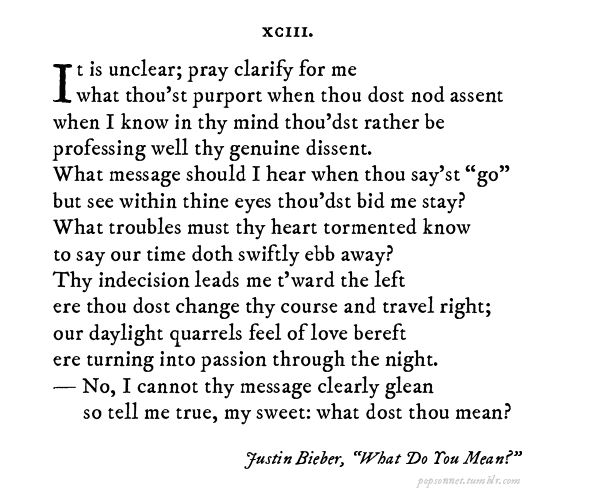

The turn, or volta, occurs at the beginning of the sestet (Line 9) the sestet offers new insight into the dilemma presented in the octave. The octave introduces and presents a problem. As such, it's well-suited to complex issues that require a lot of room to resolve, rather than the easy, witty resolution of a Shakespearean sonnet's closing couplet. Whereas the Shakespearean sonnet has a top-heavy structure of 3 quatrains and a couplet, the Petrarchan sonnet is a little more balanced, using an eight-line octave and a six-line sestet to develop the poem's subject. Again, this couplet continues the imagery of commerce (losses).ĭevelop content as the Petrarchan stanzaic structure demands. There is no resolution to the problem of mourning here, but there is insight into grief and loss: to think of your memory is wonderful enough to make me feel as though I never lost anything. The closing couplet marks a turn with the word “But,” which suggests that this is not a continuation (like “Then”), but a new thought.Quatrain 3 begins again with the transition word “Then,” and further develops the idea using the language of commerce (accounts, payment): Not only do I cry, but I cry heavily, as though I've never mourned this loss before.In this quatrain, he uses the language of commerce to develop the idea: cancelled woe and expenses. Quatrain 2 begins with the transition word “Then,” suggesting that it is connected to Quatrain 1, but moving on to a further development of the idea: when I'm in a nostalgic mood like that, I can cry freely about friends who have passed away or been otherwise lost to me.

This quatrain uses legal terminology to get the point across: sessions and summons.


Although your poem should have a single focus, each stanza of the sonnet should develop the idea further.


 0 kommentar(er)
0 kommentar(er)
